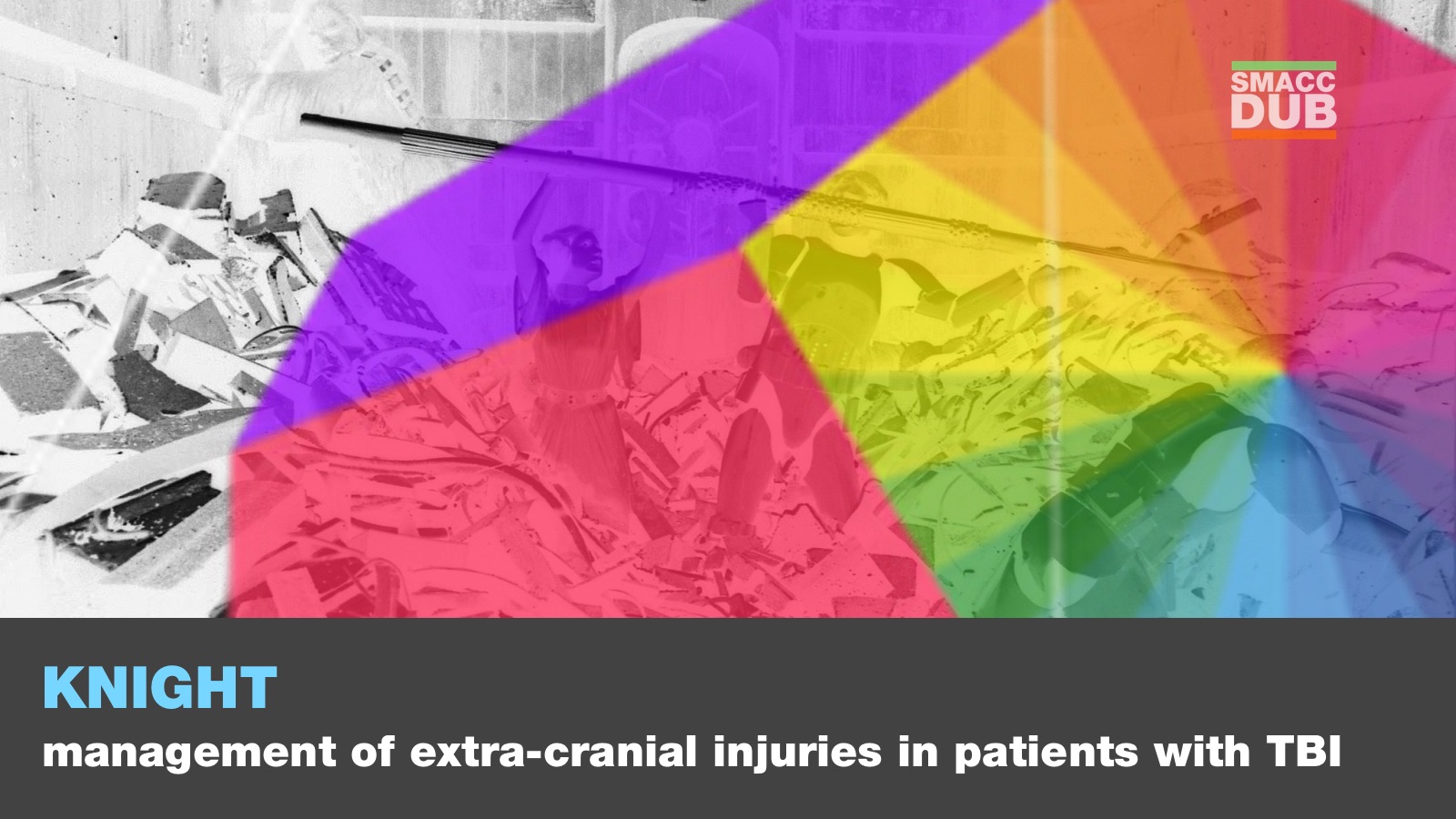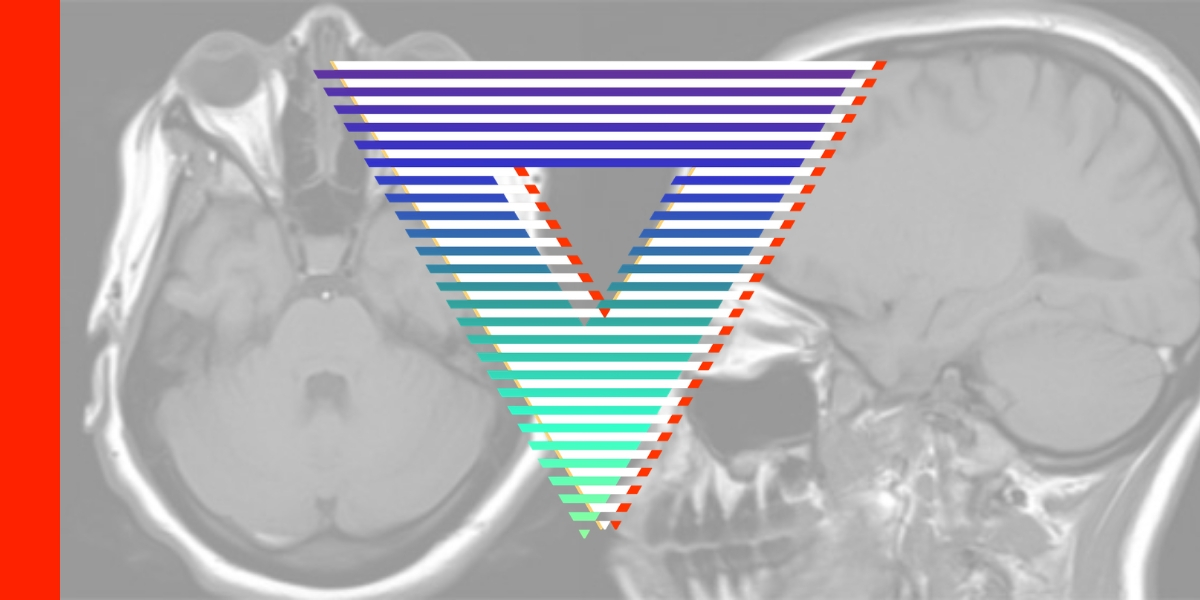Management of Extra-Cranial Injuries in Patients with TBI
William Knight presents the considerations in the management of extra-cranial injuries in patients with traumatic brain injuries (TBI).
Patients with TBI often have concomitant systemic injuries that complicate the management of the TBI.
In this talk William presents his five top areas to think about – prognostication, suitability for the operating room, use of ventilators, pressure considerations and monitoring.
Prognostication becomes difficult when a brain injury is added to other injuries due to the long-term nature of neurological damage. This means that other clinicians can be unsure when managing extra-cranial injuries in such patients.
Adding a brain injury on top of other injuries tends to make people unsure, and enhances nihilism.
Intensivists in the neurological ICU tend to be very protective of their TBI patients.
However, some simple measures and tests can go a long way to reassuring the treating team of a patient’s suitability for the operating room.
William describes the ‘lay flat test’, which is as simple as it sounds – laying a patient flat and observing the ICP. If it rises, then they are likely not appropriate. One must also consider the urgency of the proposed procedures.
William describes the ventilator as the single most lethal piece of equipment for a patient with a brain injury. The use of ventilators needs to be done appropriately and William describes the parameters to consider. Pressure is a broad category.
There are more acronyms than you can poke a stick at. William tries to make sense of them for you as he describes how he manages pressures in the TBI patient complicated by systemic injuries.
He makes the point that you need to remember other places of elevated pressure in the multi-trauma patients outside of the lungs and the brain. Consider your compartments including in the legs, arms, and abdomen.
Evidently, monitors do not save people; the use of monitors do. What does all the data mean, how do you monitor in the neuro ICU and how do you deal with contradicting data points. Using the data and taking in the whole picture in the TBI patient with extra-cranial injuries is complex.
Join William Knight as he attempts to make sense of this complex area of medicine!
Finally, for more like this, head to our podcast page. #CodaPodcast
William A Knight IV
I am an emergency physician and neurointensivist from Cincinnati, Ohio, USA, and have been a part of SMACC since Chicago.I have the attention span of a squirrel, working clinically in 2 Emergency Departments, a Neuro ICU, a Surgical ICU, and taking call for our stroke team.On the side, I serve as a concussion consultant to the National Football League with the Cincinnati Bengals.I am happily married for 16 years, with 2 amazing children.My wife and I enjoy juggling Irish Dance competitions, junior golf matches, school drama club, and band.I’m into golf, and with my handicap, I’m more cost-efficient than most golfers – enjoying more strokes for my dollar per round.I also enjoy running obstacle course races and like a fine wine, am trying to get better with age.





